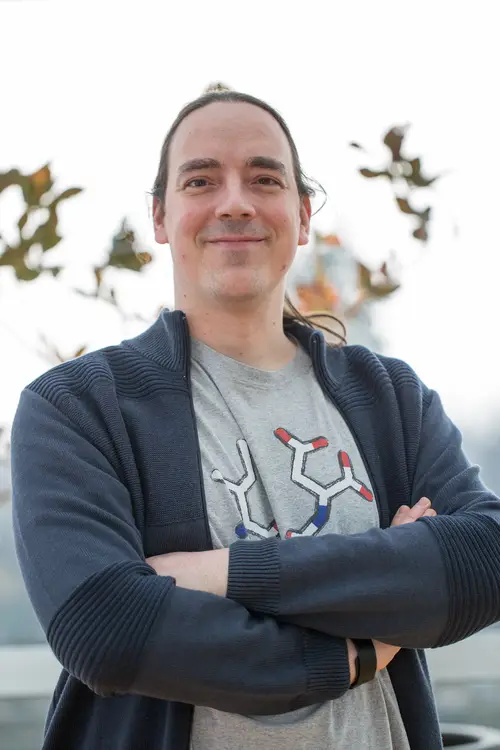Coupling of Spectrin Repeat Modules for the Assembly of Nanorods and Presentation of Protein Domains
K Mezgec, J Snoj, L Ulčakar, A Ljubetič, M Tušek Žnidarič, M Škarabot, R JeralaACS Nano, October 2024; doi: 10.1021/acsnano.4c07701

Modular protein engineering is a powerful approach for fabricating high-molecular-weight assemblies and biomaterials with nanoscale precision. Herein, we address the challenge of designing an extended nanoscale filamentous architecture inspired by the central rigid rod domain of human dystrophin, which protects sarcolemma during muscle contraction and consists of spectrin repeats composed of three-helical bundles.
A module of three tandem spectrin repeats was used as a rigid building block self-assembling via coiled-coil (CC) dimer-forming peptides. CC peptides were precisely integrated to maintain the spectrin α-helix continuity in an appropriate frame to form extended nanorods. An orthogonal set of customizable CC heterodimers was harnessed for modular rigid domain association, which could be additionally regulated by metal ions (zinc) and chelators (EDTA).
Researchers at the National Institute of Chemistry (NIC), with collaborators from the National Institute of Biology (NIB) and Jožef Stefan Institute (IJS), have achieved a robust assembly of rigid rods several micrometers in length (up to 15 µm), determined by atomic force microscopy and negative stain transmission electron microscopy. Furthermore, these rigid rods can be utilized as a scaffold for the decoration of diverse proteins or biologically active peptides along their length with adjustable spacing up to tens of nanometers (10 – 75 ± 10 nm), as confirmed by the DNA-PAINT super-resolution microscopy.
The presented results demonstrate the great potential of modular bottom-up protein engineering and tunable CC motifs for the development of functionalized biomaterials for biotechnological, biomedical, or bioengineering applications.
The paper was published in ACS Nano (IF = 15.8). The authors of the paper are researchers from the Department of Synthetic Biology and Immunology (D12, NIC), National Institute of Biology (NIB) and Jožef Stefan Institute (IJS): Klemen Mezgec (D12, NIC), Jaka Snoj (D12, NIC), Ajasja Ljubetič (D12, NIC), Liza Ulčakar (D12, NIC), Magda Tušek Žnidarič (NIB), Miha Škarabot (IJS) and Roman Jerala (D12, NIC).
Link to the article: https://pubs.acs.org/doi/10.1021/acsnano.4c07701
Contacts for more information: klemen.mezgec(at)ki.si, roman.jerala(at)ki.si
’
